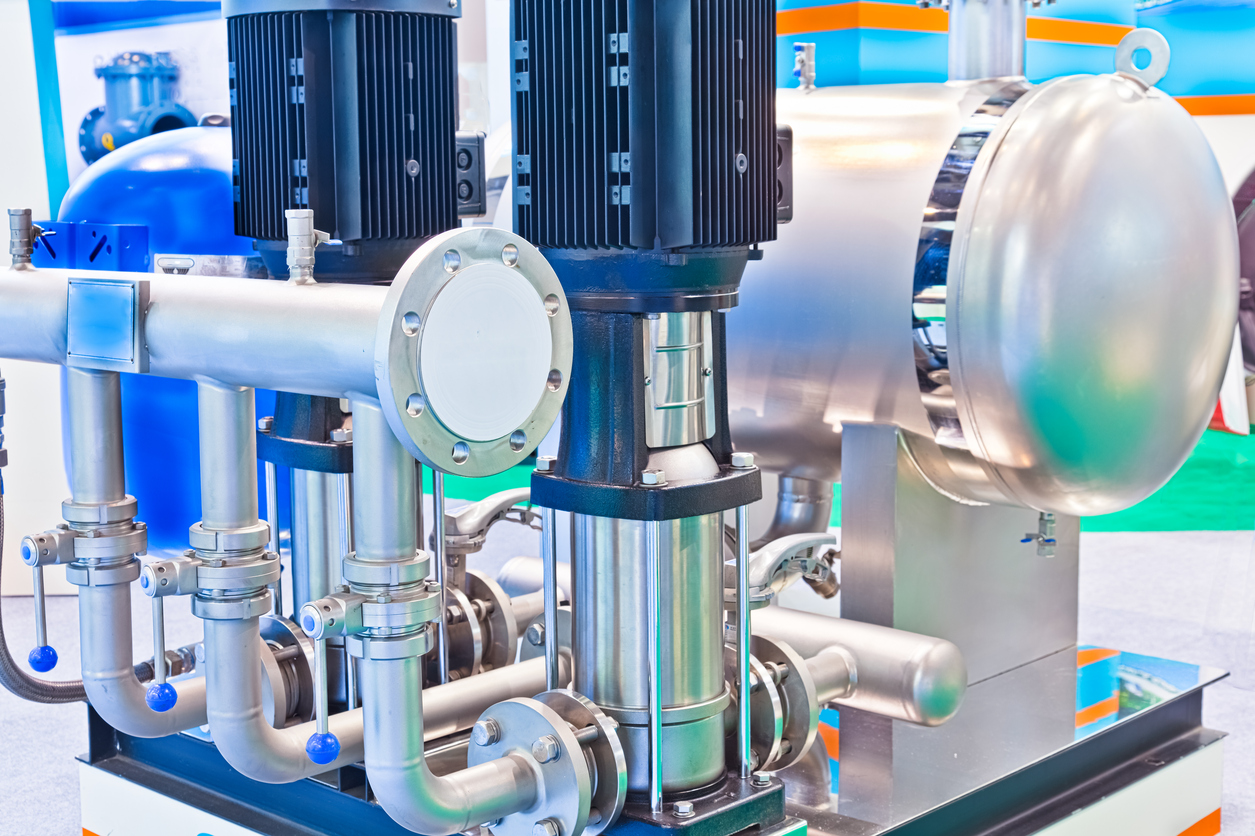The genuine car accessories that are most affected by bad roads are the wheels and best car tire inflator air compressor pumps. The only automotive components that are in direct physical touch with the ground below are these. Therefore, skipping tire maintenance is never a good idea because it results in a terrible ride, lower mileage, and decreased road safety. call girls in Delhi
However, maintaining your tires doesn’t have to be complex or lengthy. Here are some hints, techniques, and routine tire maintenance procedures that will lengthen the life of your tires and make driving easier every day:
- Correct Tire Pressure Results In A Smooth Ride, Better Mileage, And A Longer Tire Life
Never blow out your tires. As a result, they become rigid and unyielding, loses traction, experience excessive inner wear, and may even have tire failure. At the same time, avoid operating your car with under-inflated tires. This is because doing so reduces mileage, increases friction, leads to excessive shoulder wear, and impairs handling.
In other words, having the wrong air pressure causes tire degradation and increased engine effort to keep the car going. Incorrect tire inflation could also harm your struts and shock absorbers resulting in improper tire maintenance.
- Once A Month, Check The Pressure In “Cold” Tires
Most experts (correctly) advise getting the tire pressure checked once a month, from OEM owner’s manuals to car blogs. Tire inspections coincide with trips to the gas station, which may or may not occur when your tires genuinely need refilling.
Make your trips to the gas station a monthly occurrence, if not more frequently. While some may advise making fewer or more frequent trips depending on whether summer or winter, the ideal frequency of tire pressure checks remains the same regardless of the season or the number of kilometres you log regularly.
When the tires are cold, you must perform tire pressure inspections for your tire maintenance schedule. A car with “cold tires” means no drive in at least three hours or less than 1.6 kilometres. Otherwise, you risk getting an inaccurate reading.
- Tire Balancing: What Is It?
Your wheel-tire set gets a tune-up for your tire maintenance when you have balanced tires. It ensures that the weight is dispersed equally across the whole diameter of the object. Additionally, tire balancing is necessary following every instance of a tire puncture.
- If Your Tires Have Uneven Wear, Adjust Your Wheels
It’s a good idea to align your wheels if you observe uneven tire wear. The scenario will be similar if your vehicle is pulling to the left or right when travelling straight or if other suspension issues
Check your wheels for misalignment if you ride over a stone, hit a curb, or cross a speed bump quickly. Furthermore, a scheduled tire maintenance program will help keep your car’s brakes, tires, and suspension in good shape.
- To Prevent Expensive Replacements, Rotate Tires Every 5,000 Kilometres
Usually, the location of a tire on a vehicle affects how quickly it wears out. For instance, the front tires of a front-wheel-drive car will deteriorate more rapidly than those of a rear-wheel-drive vehicle. Your history of driving and suspension maintenance can affect tire wear.
As the name implies, tire rotation involves periodically switching the positions of your car’s tires to disperse wear more equally. Extending their lives by shifting their relative positions every 5000 miles is simple. You can achieve tire rotation in three ways: side to side, front to back or combine the two.
- Examine The Alloy Wheels For Any Dents Or Cracks
Frequent use of poor roads can cause rims to flex or crack. Although you must handle the bending of steel rims with a straightforward hammer and dye, this approach does not work for alloy rims. You will undoubtedly need to replace the alloy wheel if it is bent. As long as you have insurance, the replacement won’t cost you anything upfront for tire maintenance.
Get the suspension inspected for damage if you are replacing the rim. Aftermarket alloy wheels, in particular, need to have regular damage inspections.
- Bulging Tires Pose A Safety Hazard
Rubber and ply are the components of a tire. The rubber is close to the ply, which adds strength. The tire’s strong sidewall becomes weak in a significant collision. This is because the structural integrity faces shattering. This separates the plies from the rubber, which lets the air out. After that, a bulge of air forms.
Your tires are no longer safe for use if they have a bulge. Thus it is ideal for replacing them. You can cover bulging with your warranty. So make sure to check with the manufacturer of your tires to see if you can get them replaced for free.
Bottom Line
Maintaining these minor details will go a long way toward your tire maintenance, saving you money on replacements, increasing your mileage, enhancing your driving experience, and, most importantly, ensuring your safety and the safety of other road users.




